Table of Contents
The diode is another useful element in electrical circuits. If you want to know about voltage considerations, you must know about diodes. The diode is made up of semiconductors that are positive, ‘P’ type, and ‘N’ type. ‘P’ and ‘N-type semiconductors are modified type semiconductors. The ‘P-type semiconductor will have holes in the configuration and the ‘N-type semiconductor will have electrons.
If two types of diodes are present in one crystal, it is called a diode. The positive terminal of the battery is connected to the ‘P’ side and the negative is connected to the ‘N’ side. Diode Let’s have a look at the Zener diode works. it is nothing but a simple diode connected in reverse bias.
| Application | Description |
|---|---|
| Voltage Regulation | Zener diodes can maintain a constant voltage level. When connected in reverse bias, they can clamp the voltage to their Zener voltage, ensuring that the load receives a constant voltage. |
| Voltage Reference | Zener diodes can be used as reference voltages in various circuits. This is especially valuable in precision applications like Analog-to-Digital Converters (ADCs). |
| Waveform Clipping | In analog circuits, Zener diodes can clip waveforms to specific voltage levels. This is used to protect circuits from voltage levels that might otherwise be damaging. |
| Voltage Shifter | Zener diodes can shift voltage levels in circuits, which is valuable for interfacing devices operating at different voltage levels. |
| Transient Voltage Suppression | Zener diodes can suppress voltage spikes, ensuring that sudden voltage transients do not damage the circuit components. |
| ESD (Electrostatic Discharge) Protection | Zener diodes can be used to protect sensitive components from electrostatic discharge, a sudden flow of electricity between two electrically charged objects. |
| Biasing Transistors | Zener diodes can be used to provide a stable reference voltage for biasing transistors, ensuring consistent operation across varying conditions. |
| Feedback Control | Zener diodes can be used in feedback loops of amplifiers and power supplies to maintain stability and desired output levels. |
| Audio Noise Limiting | In audio circuits, Zener diodes can be used to limit the amplitude of signals, preventing distortion and ensuring consistent audio quality. |
What is a Zener diode?
Clearance zener had invented this special property of diode. Hence it is named after him as an honor.
It is a unique property of the diode, not special equipment. The power effects of this diode will be a breakdown power when voltage is applied to the circuit with reverse bias.
It does not permit the current to pass through it. When the voltage on the diode increases, the temperature too will increase. If the voltage boost exceeds a certain limit, Zener breakdown will occur.
Zener diode
The Zener diode signal of the circuit is divided by the current tags on the bar, where one is coming, and the other is going down. 13 R so on type to distinguish the diodes from each other diodes.
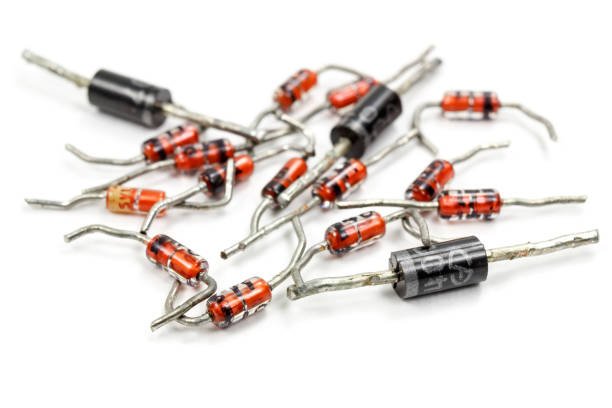
Construction of Zener diode:
The existence of diode compatibility depends on the doping range in the PN junction. For a small reverse bias voltage, the depletion region is very narrow and the electric field is very high. It allows electrons to flow from the valence band to the conduction band.
The breakdown voltage of the Zener diode is partly controlled by the doping level. The breakdown voltage of Zener diodes ranges from 1.2V to 200V. The diodes are simple and the output voltage is below 5.6V, the breakdown is done by the avalanche rather than the effect of the Zener.
Characteristics of Zener Diode:
The Six characteristics of a Zener diode are taken into account below.
If the forward bias voltage is applied to the more zen diode, it is a regular diode.
or when a reverse voltage is used. The Zener diode allows a small current drop until the Zener voltage is reached.
When the voltage reaches the Zener voltage, it allows more current to flow.
A sudden electric shock causes a breakdown. Termed as a Zener breakdown. to reach, Zener diodes are made by touching the reach to the reach without damage.
The amount of doping increases the Zener breakdown voltage.
Zener breakdown occurs at a reverse voltage when it is heavily doped. Whereas, if the diode is shorted, the breakdown is seen at high reverse voltage.
Application of Zener diode:
Zener diodes are very common in all types of electronic devices.
The applications of the Zener diode are-
- Overvoltage protection.
- Voltage regulator.
Let’s understand over-voltage protection :
Suppose the circuit needs 6 volts. Therefore, we put a Zener diode with 6 volts for the breakdown voltage. If it needs, say 10 volts and the middle needs 6 volts, the circuit is running and mat.
Then, the Zener diode comes into motion first. Above 6 volts, the Zener diode starts to conduct current and supplies a constant output voltage of 6 volts to the circuit.
Zener diode as a voltage regulator:
The main advantage of the Zener diode is its use as a voltage regulator. To install a wide voltage range to provide constant and stable voltage.
When the Zener voltage/breakdown voltage is reached, the output voltage innovates unchanged.
To limit current flow through the Zener diode, a resistor is placed in series.
Advantages of Zener Diode:
• Zener diode is cheap.
• Small size.
• Accurate outcomes.
• Can handle high power.
Zener diode specifications:
Some common characteristics of a Zener diode are:
• The reverse breakdown voltage range for the Zener diode (Vz) is between 2.4v to 200v.
• Tissue current required for Zener breakdown is between 5 mA and 10 mA.
• The rated power of a Zener diode is 400 mW, 500 mW, 1 W, or 5 W.
• Zener diode voltage tolerance is ± 5%.
FAQ
How does a Zener diode work?
A Zener diode operates by utilizing the Zener effect, which is the phenomenon of voltage breakdown across a p-n junction diode when it is operated in the reverse bias region. When the reverse voltage applied to a Zener diode reaches its specified breakdown voltage, it allows current to flow in the reverse direction.
What is the purpose of a Zener diode?
The main purpose of a Zener diode is to regulate voltage. It acts as a voltage reference by maintaining a constant voltage across its terminals, even when the input voltage varies. Zener diodes are commonly used in voltage regulation circuits, overvoltage protection circuits, and precision voltage references.
What is the difference between a Zener diode and a regular diode?
The main difference between a Zener diode and a regular diode is its operating region. A regular diode is designed to operate in the forward bias region, allowing current to flow in the forward direction, while a Zener diode is designed to operate in the reverse bias region, allowing current to flow in the reverse direction at a specified breakdown voltage.
How is the breakdown voltage of a Zener diode determined?
The breakdown voltage of a Zener diode is determined during the manufacturing process by controlling the doping level of the p-n junction. By adjusting the doping concentration, the breakdown voltage can be set to a specific value.
What is the voltage tolerance of a Zener diode?
The voltage tolerance of a Zener diode refers to the acceptable deviation from its rated voltage. It is usually specified as a percentage of the rated voltage. For example, a Zener diode with a rated voltage of 5 volts and a 5% tolerance can have an actual breakdown voltage between 4.75 volts and 5.25 volts.
Can a Zener diode be used as a rectifier?
While Zener diodes are primarily used for voltage regulation and reference purposes, they can also be used as rectifiers in certain applications. However, their reverse voltage characteristics make them less efficient than regular diodes for rectification purposes.
What is the power rating of a Zener diode?
The power rating of a Zener diode indicates its ability to dissipate heat without getting damaged. It is specified by the manufacturer and is typically given in watts. Exceeding the power rating can cause the Zener diode to overheat and fail.
Can Zener diodes handle high currents?
Zener diodes generally have a lower current handling capability compared to regular diodes. They are typically used for low-power applications. If higher currents are required, additional circuitry, such as external transistors, may be used to handle the current while using the Zener diode for voltage regulation.
Are Zener diodes polarized?
Yes, Zener diodes are polarized devices, meaning they have specific anode and cathode terminals. The cathode terminal is usually marked on the diode body with a band or a notch, whereas the anode terminal is the unmarked terminal. It is important to observe the correct polarity when connecting a Zener diode in a circuit.
For more articles, visit the home page


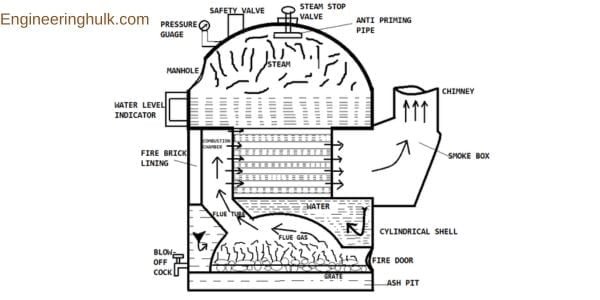






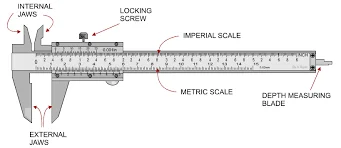

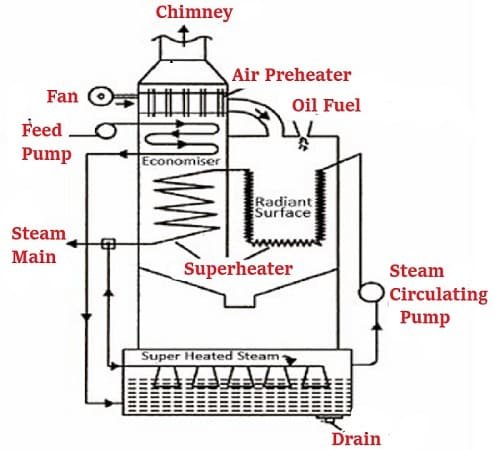




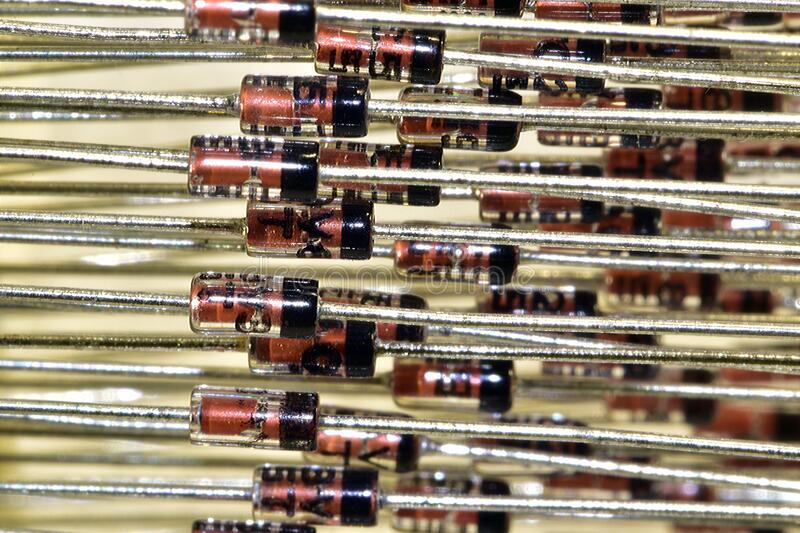


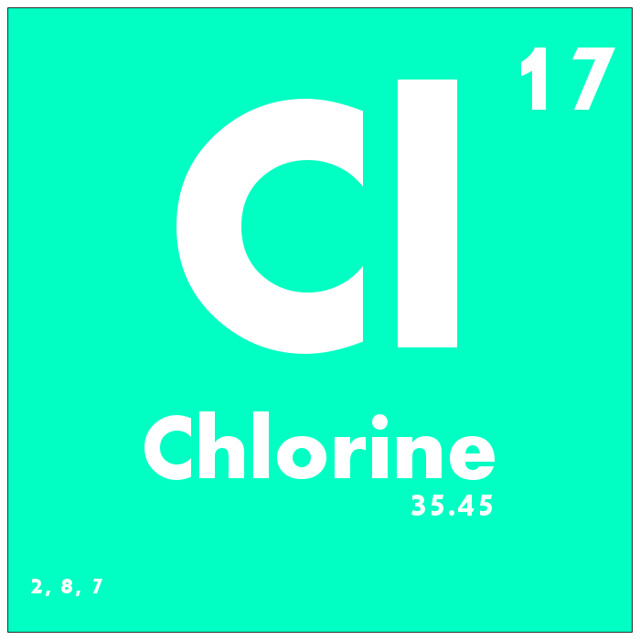







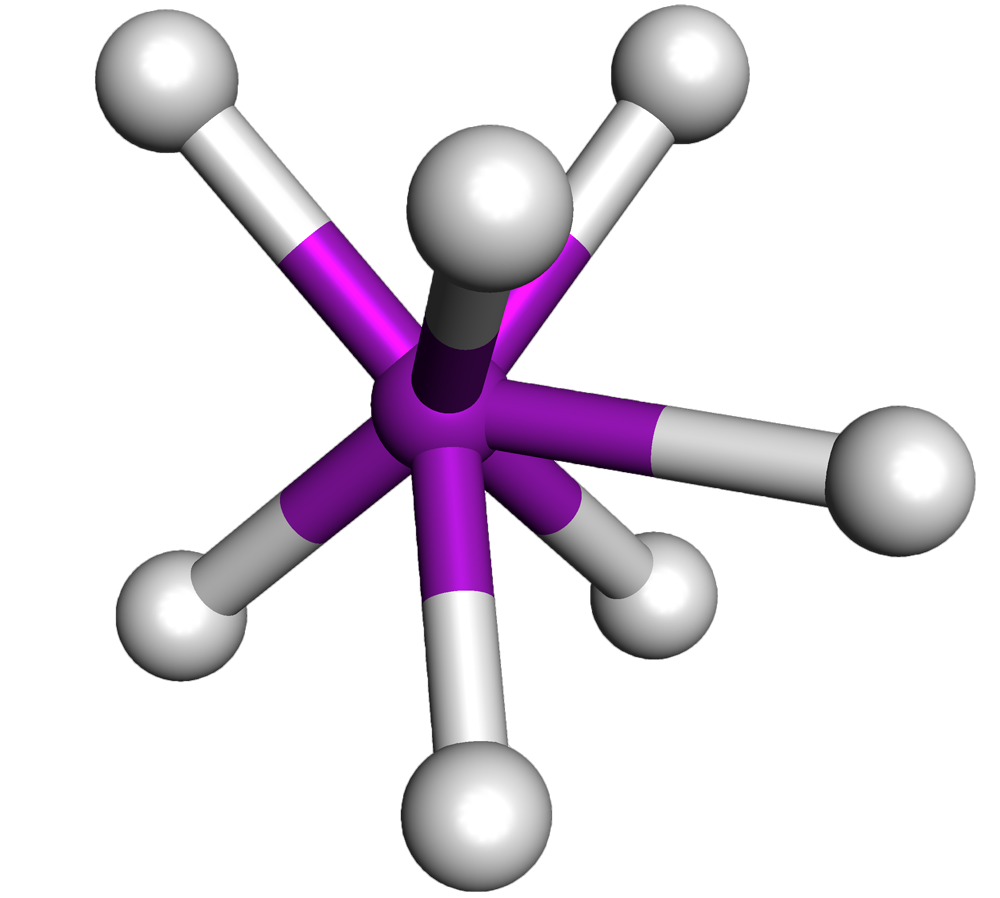


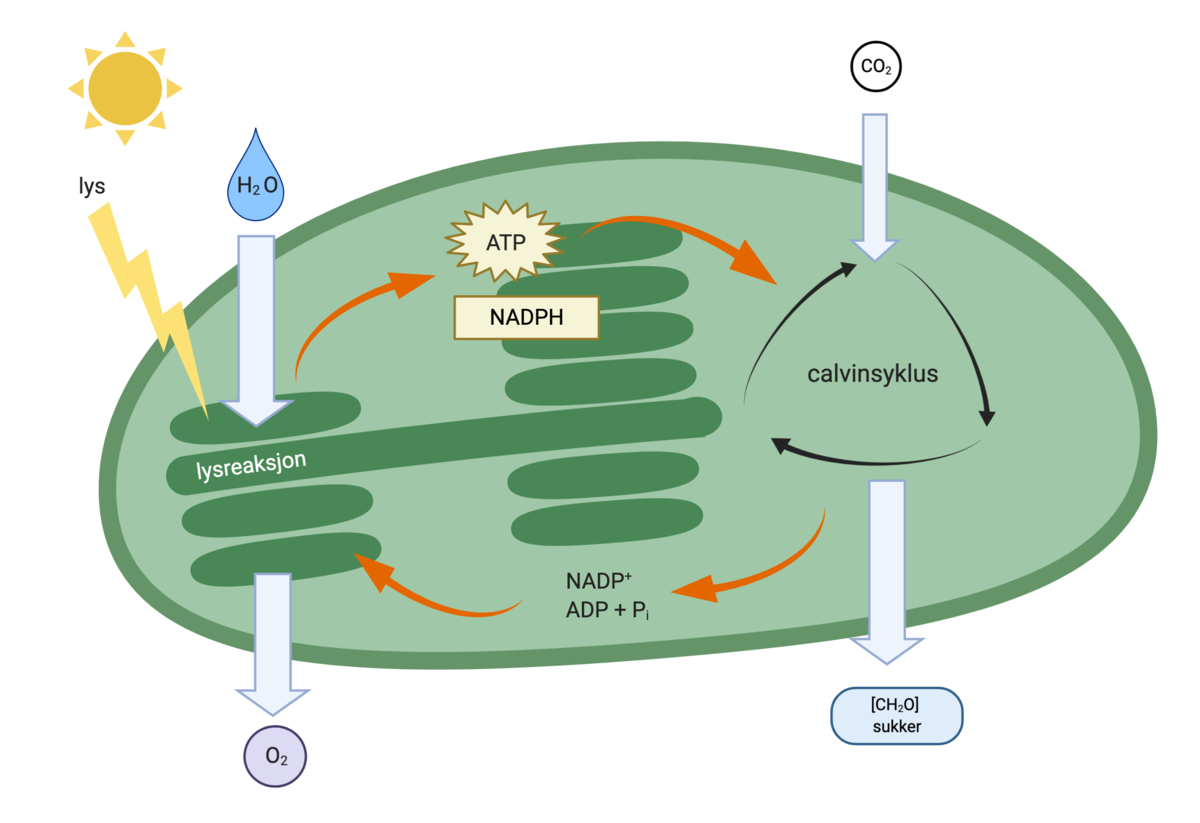
Comment on “Application of Zener diode – Advantages, Disadvantages”
Comments are closed.